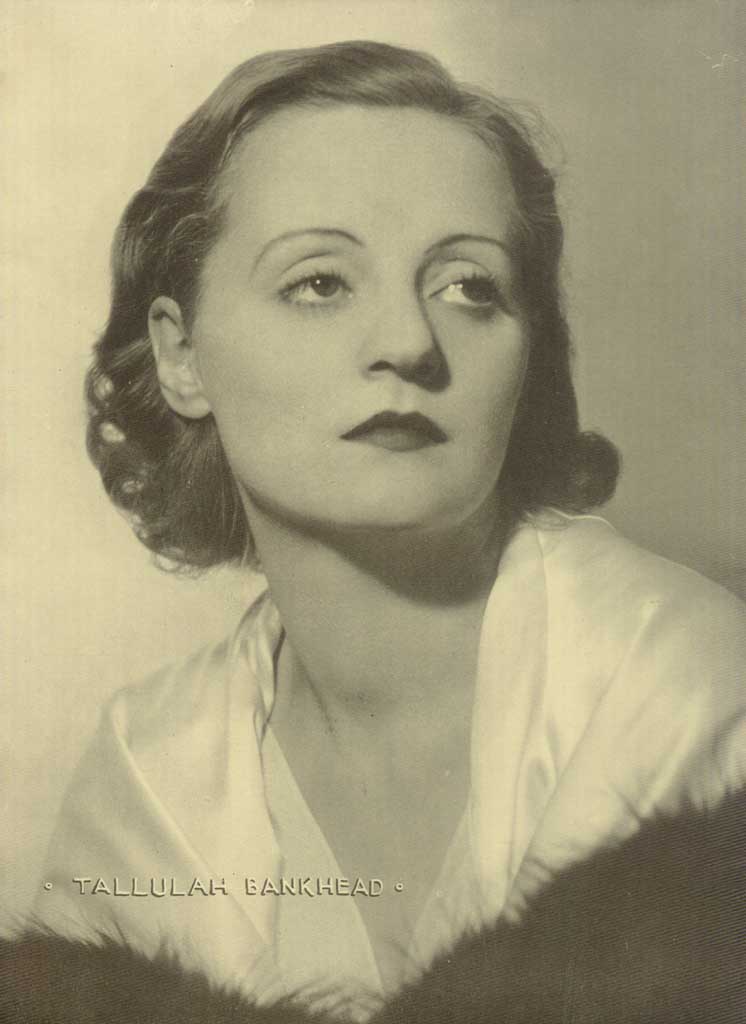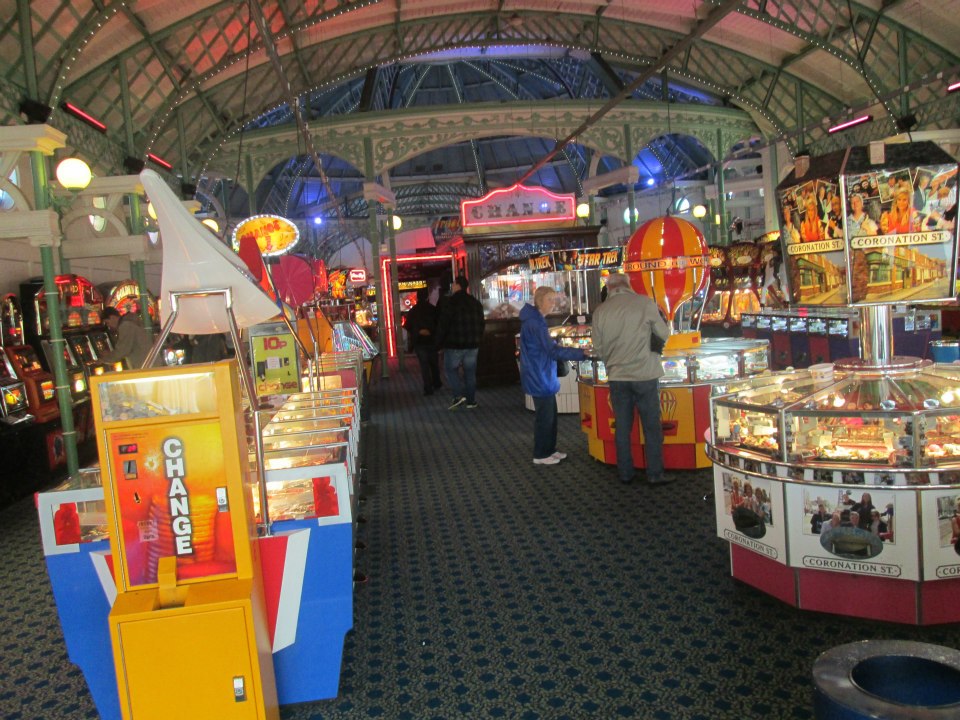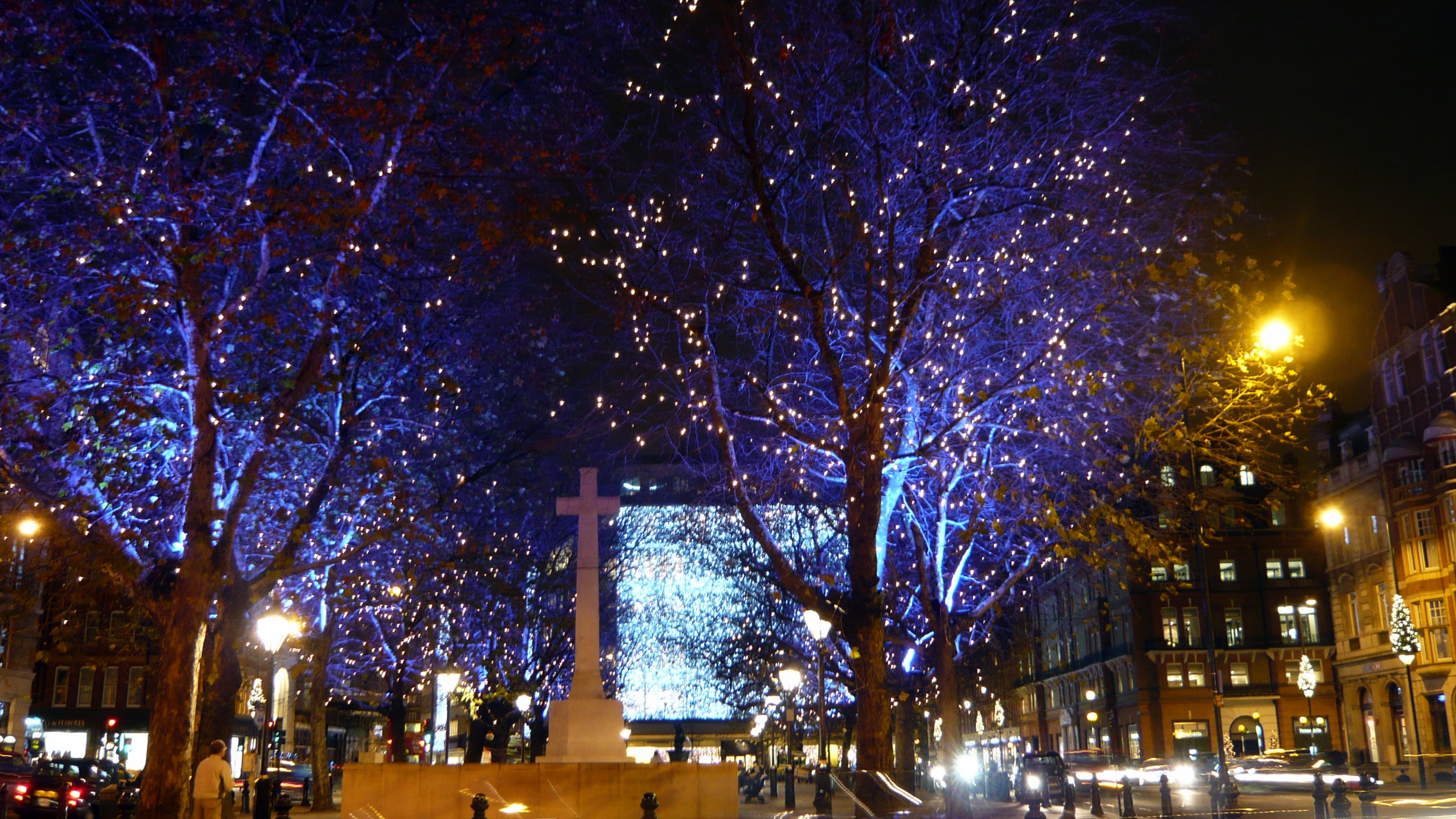|
Fabia Drake
Fabia Drake OBE (born Ethel McGlinchy; 20 January 1904 – 28 February 1990) was a British actress whose professional career spanned almost 73 years during the 20th century. Drake was born in Herne Bay, Kent. Her first professional role in a film was in Fred Paul's ''Masks and Faces'' (1917), and her last role was as Madame de Rosemonde in Miloš Forman's ''Valmont'' (1989). Drake was a lifelong friend of Noël Coward and Laurence Olivier. Early life Born Ethel McGlinchy, the actress's Irish father, a caterer, was an actor manqué. She passed an entrance test to the Academy of Dramatic Art (later to become RADA) in December 1913. (It was the high-ups at the ADA who decided McGlinchy was too difficult to pronounce and too hard to remember for a stage name so she changed it, ultimately by deed-poll, to Drake which was the second of her father's Christian names and to Fabia which was the second of her baptismal names, chosen because she was born on St Fabian's Day) (Pope ... [...More Info...] [...Related Items...] OR: [Wikipedia] [Google] [Baidu] |
Order Of The British Empire
The Most Excellent Order of the British Empire is a British order of chivalry, rewarding contributions to the arts and sciences, work with charitable and welfare organisations, and public service outside the civil service. It was established on 4 June 1917 by King George V and comprises five classes across both civil and military divisions, the most senior two of which make the recipient either a knight if male or dame if female. There is also the related British Empire Medal, whose recipients are affiliated with, but not members of, the order. Recommendations for appointments to the Order of the British Empire were originally made on the nomination of the United Kingdom, the self-governing Dominions of the Empire (later Commonwealth) and the Viceroy of India. Nominations continue today from Commonwealth countries that participate in recommending British honours. Most Commonwealth countries ceased recommendations for appointments to the Order of the British Empire when they ... [...More Info...] [...Related Items...] OR: [Wikipedia] [Google] [Baidu] |
Edward Bulwer-Lytton, 1st Baron Lytton
Edward George Earle Lytton Bulwer-Lytton, 1st Baron Lytton, Her Majesty's Most Honourable Privy Council, PC (25 May 180318 January 1873) was an English writer and politician. He served as a Whigs (British political party), Whig member of Parliament from 1831 to 1841 and a Conservative Party (UK), Conservative from 1851 to 1866. He was Secretary of State for the Colonies from June 1858 to June 1859, choosing Richard Clement Moody as founder of British Columbia. He was created Baron Lytton of Knebworth in 1866. Bulwer-Lytton's works sold and paid him well. He coined famous phrases like "the great unwashed", "pursuit of the almighty dollar", "the pen is mightier than the sword", "Guardian of the Threshold, dweller on the threshold", and the opening phrase "It was a dark and stormy night." The sardonic Bulwer-Lytton Fiction Contest, held annually since 1982, claims to seek the "opening sentence of the worst of all possible novels". Life Bulwer was born on 25 May 1803 to General ... [...More Info...] [...Related Items...] OR: [Wikipedia] [Google] [Baidu] |
Louis XIV
, house = Bourbon , father = Louis XIII , mother = Anne of Austria , birth_date = , birth_place = Château de Saint-Germain-en-Laye, Saint-Germain-en-Laye, France , death_date = , death_place = Palace of Versailles, Versailles, France , burial_date = 9 September 1715 , burial_place = Basilica of Saint-Denis , religion = Catholicism (Gallican Rite) , signature = Louis XIV Signature.svg Louis XIV (Louis Dieudonné; 5 September 16381 September 1715), also known as Louis the Great () or the Sun King (), was King of France from 14 May 1643 until his death in 1715. His reign of 72 years and 110 days is the longest of any sovereign in history whose date is verifiable. Although Louis XIV's France was emblematic of the age of absolutism in Europe, the King surrounded himself with a variety of significant political, military, and cultural figures, such as Bossuet, Colbert, Le Brun, Le Nôtre, Lully, Mazarin, Molière, Racine, Turenne, ... [...More Info...] [...Related Items...] OR: [Wikipedia] [Google] [Baidu] |
Meudon
Meudon () is a municipality in the southwestern suburbs of Paris, France. It is in the département of Hauts-de-Seine. It is located from the center of Paris. The city is known for many historic monuments and some extraordinary trees. One of them, the Imperial Cedar (), attracted the attention of Empress Eugénie and Queen Victoria. As of March 2021, the tree is in good condition, but it is threatened by real estate speculation. Another real estate project is planned for the historic park of the Napoleon III villa built by Charles Schacher. Both projects are controversial and have aroused local opposition. Geography The town of Meudon is built on the hills and valleys of the Seine. The wood of Meudon lies for the most part to the west of the town. The north-west part of Meudon, overlooking the Seine, is known as ''Bellevue'' ("beautiful view"). History At Meudon, the argile plastique clay was extensively mined in the 19th century. The first fossil of the European diatryma ' ... [...More Info...] [...Related Items...] OR: [Wikipedia] [Google] [Baidu] |
Twelfth Night (play)
''Twelfth Night'', or ''What You Will'' is a romantic comedy by William Shakespeare, believed to have been written around 1601–1602 as a Twelfth Night's entertainment for the close of the Christmas season. The play centres on the twins Viola and Sebastian, who are separated in a shipwreck. Viola (who is disguised as Cesario) falls in love with the Duke Orsino, who in turn is in love with Countess Olivia. Upon meeting Viola, Countess Olivia falls in love with her thinking she is a man. The play expanded on the musical interludes and riotous disorder expected of the occasion, with plot elements drawn from the short story "Of Apollonius and Silla" by Barnabe Rich, based on a story by Matteo Bandello. The first recorded public performance was on 2 February 1602, at Candlemas, the formal end of Christmastide in the year's calendar. The play was not published until its inclusion in the 1623 First Folio. Characters * Viola – a shipwrecked young woman who disguises herself as ... [...More Info...] [...Related Items...] OR: [Wikipedia] [Google] [Baidu] |
Sir Toby Belch
Sir Toby Belch is a character in William Shakespeare’s ''Twelfth Night''. He is Olivia's uncle. Character Sir Toby is an ambiguous mix of high spirits and low cunning. He first appears in the play's third scene, when he storms onto the stage the morning after a hard night out, complaining about the sombre melancholy that hangs over his niece's household. "What a plague means my niece to take the death of her brother thus? I'm sure care's an enemy to life." This immediately establishes Sir Toby at the opposite pole from the languishing melancholy which dominated the first scene (including Orsino's speech, "If music be the food of love..."), identifying him as a force for vitality, noise and good cheer, as his name suggests. At the beginning Sir Toby appears to be friends with another character, Sir Andrew Aguecheek, a guest of Olivia, Sir Toby's niece. However, as the play progresses, it transpires that Sir Toby is just taking advantage of Sir Andrew's riches. His tormenting ... [...More Info...] [...Related Items...] OR: [Wikipedia] [Google] [Baidu] |
All Saints, Margaret Street
All Saints, Margaret Street, is a Grade I listed Anglo-Catholic church in London. The church was designed by the architect William Butterfield and built between 1850 and 1859. It has been hailed as Butterfield's masterpiece and a pioneering building of the High Victorian Gothic style that would characterize British architecture from around 1850 to 1870. The church is situated on the north side of Margaret Street in Fitzrovia, near Oxford Street, within a small courtyard. Two other buildings face onto this courtyard: one is the vicarage and the other (formerly a choir school) now houses the parish room and flats for assistant priests. All Saints is noted for its architecture, style of worship, and musical tradition. History All Saints had its origins in the Margaret Street Chapel which had stood on the site since the 1760s. The chapel had "proceeded upwards through the various gradations of Dissent and Low-Churchism" until 1829, when the Tractarian William Dodsworth became its ... [...More Info...] [...Related Items...] OR: [Wikipedia] [Google] [Baidu] |
Gounod
Charles-François Gounod (; ; 17 June 181818 October 1893), usually known as Charles Gounod, was a French composer. He wrote twelve operas, of which the most popular has always been ''Faust (opera), Faust'' (1859); his ''Roméo et Juliette'' (1867) also remains in the international repertory. He composed a large amount of church music, many songs, and popular short pieces including his Ave Maria (Bach/Gounod), Ave Maria (an elaboration of a Johann Sebastian Bach, Bach piece), and ''Funeral March of a Marionette''. Born in Paris into an artistic and musical family Gounod was a student at the Conservatoire de Paris and won France's most prestigious musical prize, the Prix de Rome. His studies took him to Italy, Austria and then Prussia, where he met Felix Mendelssohn, whose advocacy of the music of Bach was an early influence on him. He was deeply religious, and after his return to Paris, he briefly considered becoming a priest. He composed prolifically, writing church music, songs ... [...More Info...] [...Related Items...] OR: [Wikipedia] [Google] [Baidu] |
Brighton Pier
The Brighton Palace Pier, commonly known as Brighton Pier or the Palace Pier, is a Grade II* listed pleasure pier in Brighton, England, located in the city centre opposite the Old Steine. Established in 1899, it was the third pier to be constructed in Brighton after the Royal Suspension Chain Pier and the West Pier, but is now the only one still in operation. It is managed and operated by the Eclectic Bar Group. The Palace Pier was intended as a replacement for the Chain Pier, which collapsed in 1896 during construction of the new pier. It quickly became popular, and had become a frequently-visited theatre and entertainment venue by 1911. Aside from closures owing to war, it continued to hold regular entertainment up to the 1970s. The theatre was damaged in 1973 and following a buy-out was demolished in 1986, changing the pier's character from seaside entertainment to an amusement park, with various fairground rides and roller coasters. The pier remains popular with the publi ... [...More Info...] [...Related Items...] OR: [Wikipedia] [Google] [Baidu] |
The Merry Wives Of Windsor
''The Merry Wives of Windsor'' or ''Sir John Falstaff and the Merry Wives of Windsor'' is a comedy by William Shakespeare first published in 1602, though believed to have been written in or before 1597. The Windsor of the play's title is a reference to the town of Windsor, also the location of Windsor Castle, in Berkshire, England. Though nominally set in the reign of Henry IV or early in the reign of Henry V, the play makes no pretence to exist outside contemporary Elizabethan-era English middle-class life. It features the character Sir John Falstaff, the fat knight who had previously been featured in ''Henry IV, Part 1'' and '' Part 2''. It has been adapted for the opera at least ten times. The play is one of Shakespeare's lesser-regarded works among literary critics. Tradition has it that ''The Merry Wives of Windsor'' was written at the request of Queen Elizabeth I. After watching ''Henry IV Part I'', she asked Shakespeare to write a play depicting Falstaff in love. Char ... [...More Info...] [...Related Items...] OR: [Wikipedia] [Google] [Baidu] |
Ellen Terry
Dame Alice Ellen Terry, (27 February 184721 July 1928), was a leading English actress of the late 19th and early 20th centuries. Born into a family of actors, Terry began performing as a child, acting in Shakespeare plays in London, and toured throughout the British provinces in her teens. At 16, she married the 46-year-old artist George Frederic Watts, but they separated within a year. She soon returned to the stage but began a relationship with the architect Edward William Godwin and retired from the stage for six years. She resumed acting in 1874 and was immediately acclaimed for her portrayal of roles in Shakespeare and other classics. In 1878 she joined Henry Irving's company as his leading lady, and for more than the next two decades she was considered the leading Shakespearean and comic actress in Britain. Two of her most famous roles were Portia in ''The Merchant of Venice'' and Beatrice in ''Much Ado About Nothing''. She and Irving also toured with great success in ... [...More Info...] [...Related Items...] OR: [Wikipedia] [Google] [Baidu] |
Sloane Square
Sloane Square is a small hard-landscaped square on the boundaries of the central London districts of Belgravia and Chelsea, located southwest of Charing Cross, in the Royal Borough of Kensington and Chelsea. The area forms a boundary between the two largest aristocratic estates in London, the Grosvenor Estate and the Cadogan. The square was formerly known as 'Hans Town', laid out in 1771 to a plan of by Henry Holland Snr. and Henry Holland Jnr. Both the square and Hans Town were named after Sir Hans Sloane (1660–1753), an Anglo-Irish doctor who, jointly with his appointed trustees, owned the land at the time. Location The bulk of Chelsea, especially the east end more local to Sloane Square, is architecturally and economically similar to South Kensington, Belgravia, St James's, and Mayfair. The largely retail at ground floor Kings Road with its design and interior furnishing focus intersects at Sloane Square the residential, neatly corniced and dressed façades of Sloa ... [...More Info...] [...Related Items...] OR: [Wikipedia] [Google] [Baidu] |




_-_Scene_from_'Twelfth_Night'_('Malvolio_and_the_Countess')_-_N00423_-_National_Gallery.jpg)





